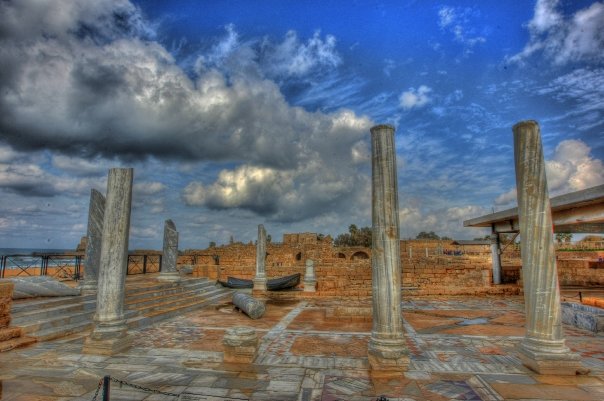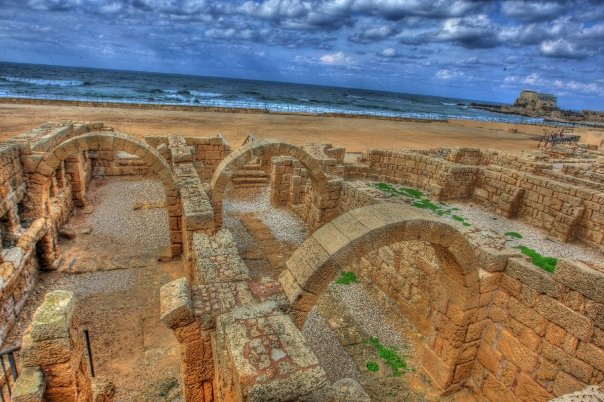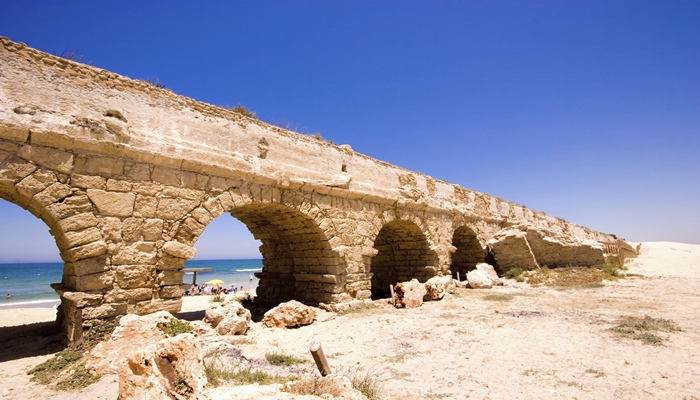How did the Romans bring water into the great city of Caesarea?
October 19th 2014
 Alona Park/Mei Kedem, near Zichron Yaakov, is home to an ancient water system which led from the area to the city of Caesarea. Pack water shoes before your trip to Israel so you can enjoy this special experience.
Alona Park/Mei Kedem, near Zichron Yaakov, is home to an ancient water system which led from the area to the city of Caesarea. Pack water shoes before your trip to Israel so you can enjoy this special experience.
The water tunnel stretches over a few hundred meters and is about 70 centimeters deep in some places. Even though it’s underground, there are enough holes which let in sunlight so you can see where you are going even  without a flashlight (although it’s best to bring one anyway). A guide will take you through the tunnel so there is no chance of getting lost.
without a flashlight (although it’s best to bring one anyway). A guide will take you through the tunnel so there is no chance of getting lost.
The walk through the tunnel is accompanied by a film on the history of the Roman aqueducts fanning out from
Caesarea. The most famous are, of course, the ones in the city itself. But every once in a while, more aqueducts are discovered accidentally, just as this one was.
 Although aqueducts were invented in the Hellenistic period, they were perfected and widely used by the Romans. Since Israel was sparsely populated with natural springs, large numbers of people could not rely on these pools for drinking and bathing water. In order for cities to develop, it was necessary to bring potable water to hundreds of thousands of people – thus, the digging of aqueducts.
Although aqueducts were invented in the Hellenistic period, they were perfected and widely used by the Romans. Since Israel was sparsely populated with natural springs, large numbers of people could not rely on these pools for drinking and bathing water. In order for cities to develop, it was necessary to bring potable water to hundreds of thousands of people – thus, the digging of aqueducts.
The film and the walk through the tunnel take about an hour, and there are pleasant picnic spots for a leisurely lunch before or after the tour. Bring extra clothes so you have something dry to change into, and head over to Caesarea or Zichron Yaakov to complete the day.











